Anatomy of a Rig – Ed Warren at Madison Square Garden
Posted on May 2, 2023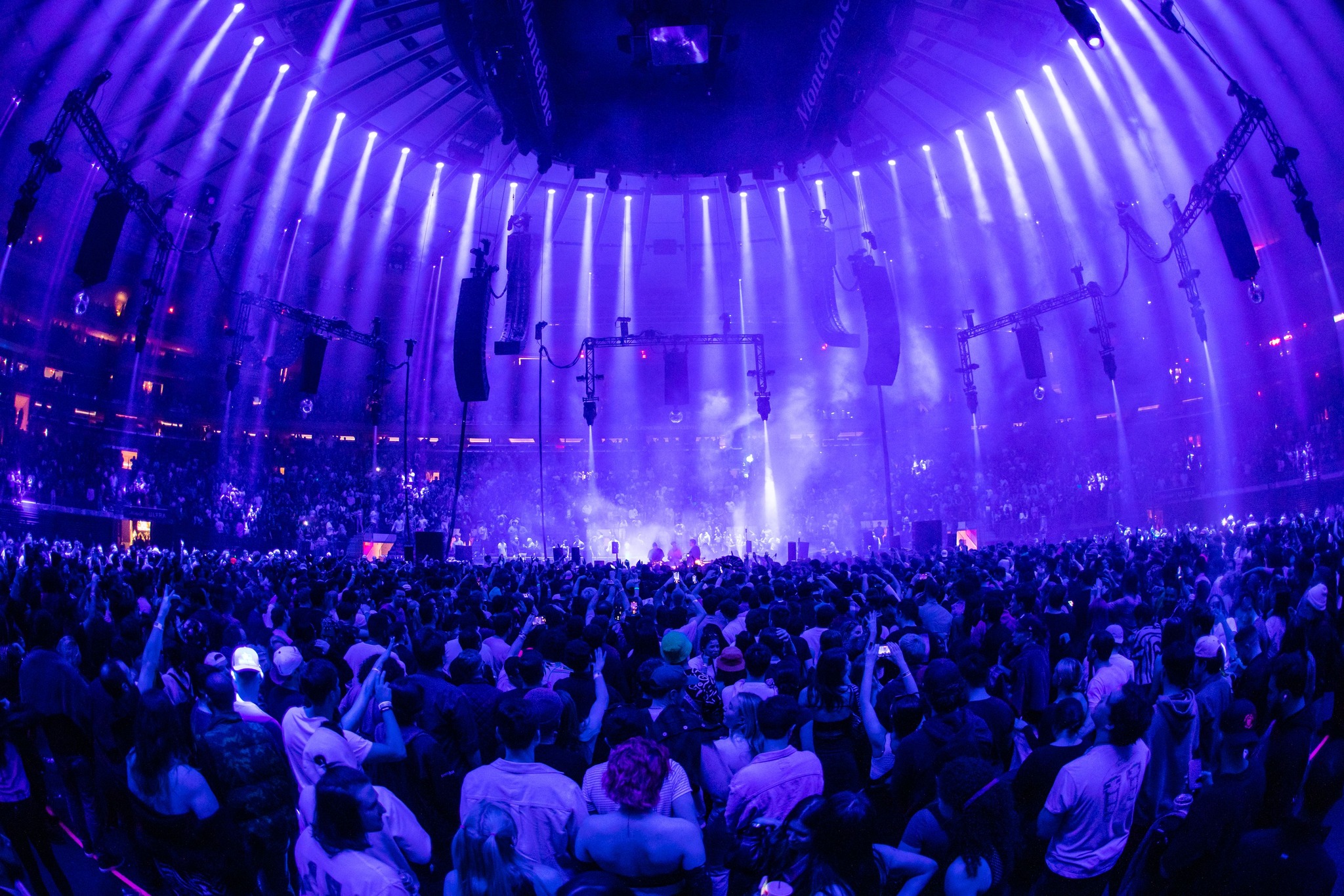
Photo: Chris Lavado
Every great concert creates memories, but some go far beyond the good vibes of the moment and, growing over time, reach legendary status in the public’s imagination, because of the milestones they represent. The Jimi Hendrix Experience’s performance at the Monterey Pop Festival, which opened a new world for psychedelic music, is one such show. Pink Floyd’s Wall Tour at Earl’s Court is another, as are Nirvana’s 1992 show at the Redding Festival and Queen’s seminal Live Aid performance at Wembley.
For many, the February 2023 Four Tet, fred again… and Skrillex show at New York’s famed Madison Square Garden will ultimately join this pantheon. In the words of one critic, the five-hour concert, which literally sold out in two minutes, “opened a new chapter for EDM,” as it transformed the “worlds most famous arena” into a street rave club, making a statement on the biggest of stages, that something huge was afoot for this musical genre.
Electrifying the mood at this seminal event was Ed Warren’s relentlessly intense and completely busked lightshow. Reaching out to every corner of the massive arena, Warren’s bold lighting pulled fans to the stage, while encouraging them to get on their feet and dance. A crowning achievement in its own right, his lightshow was mentioned often in the glowing reviews of the concert.
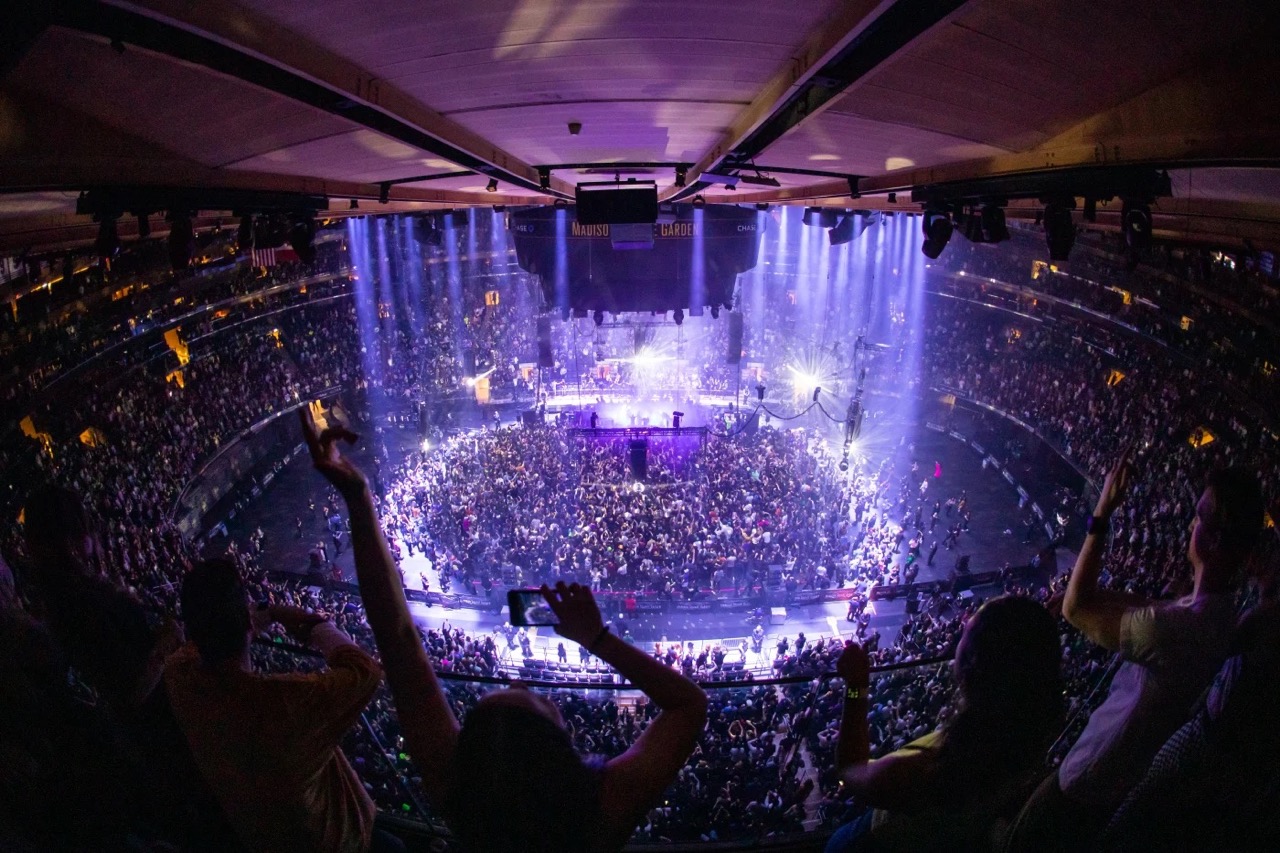
Photo: Chris Lavado
Warren took us inside the creative process behind this powerful show, explaining how he used MSG’s house rig for walk-in lighting, how he created a dancefloor feeling inside the arena, and how he watched football during the setup process to relax his mind.
You used the house lights at MSG in addition to your own package. When did you decide to do this and what role did the house lights play in your show?
“Our production manager asked me if I wanted to use them a few weeks before. You just don’t expect an arena to have a large array of fixtures all over the roof, let alone for them to be willing to let you patch into them, but they did! I used them to create the ‘walk in’ look which was house lights on wash. During the show I used the ring of lights around the central score board to wash the dance floor. They really helped enhance the impact of the show throughout the arena. The event would’ve been ok without them, but utilizing them took it up another few levels!”
Load in took place on the morning of the show, and we understand that you had no production rehearsals. Did this limit what you could do in any way?
“Not really, no. I spent time at home on my MQ70 programming the show on Capture, had plenty of time during the day to finesse, and by the time of the show, I was confident I had everything ready that I needed to use. Actually I ended up programming a few bits as I went along in blind mode. Quite enjoy the risk of that!”
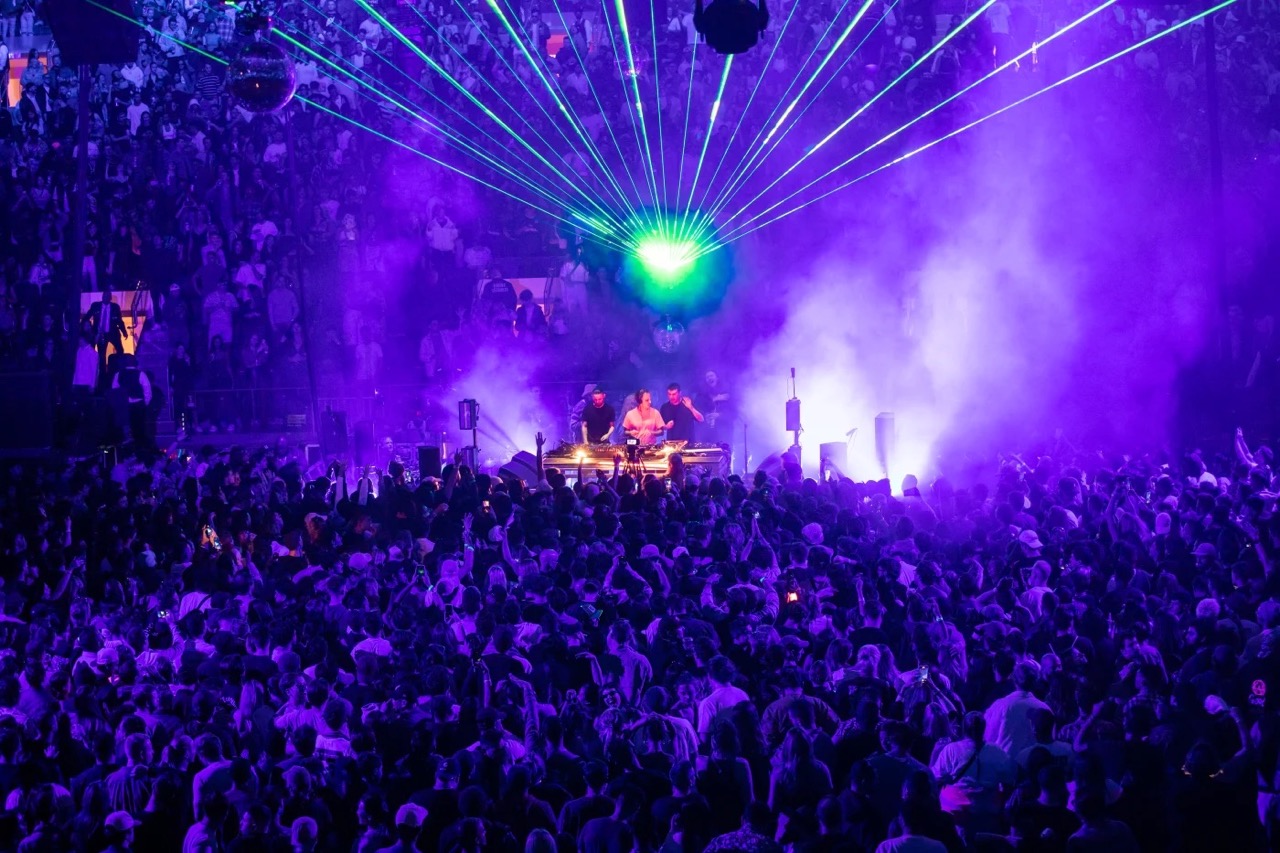
Photo: Chris Lavado
Speaking of load in, Can you run us through the process of setting up this show?
“Load in started at six in the morning. At this moment I was watching my beloved Arsenal beat Aston Villa in the Premier League from the comfort of my hotel room. The match ended at 9am, and I walked down to MSG where the six flown trusses were getting populated with lights. I set up my desk in the center of the arena floor and started testing fixtures before they flew out. Then it was a dark stage for an hour, so I went and lay down in one of the luxurious executive suites for half an hour to give my brain a rest. Then we continued hanging fixtures, re-jigging the stage a little, and bit of programming. Then, another dark stage, so I had some food. Finally, there was one last bit of programming up to doors. Pretty straightforward ,to be honest! Arsenal winning that morning certainly helped me kick on for the day.”
You busked virtually the entire show? Did fatigue ever set in? How did you map out what you were going to do before hand?
“It was a 5 hour show, but the first 90 minutes was the house lights look, so I did nothing but walk around the arena and enjoy it from various viewpoints. Then I busked the next three-and-a-half hours. It’s impossible to get fatigued when the show is that intense and fun. I’m working from right down next to the DJs so I’m interacting with them throughout and I’ve got the crowd right behind me, so, I chatted with them a bit too. Such lovely people!
“We’d done four shows similar to this previously — three in London in smaller clubs and one at LPR in NYC two days earlier — so I knew exactly what I needed to have up my sleeve. I had a show file from these, so it was just a question of updating, expanding and refining.”
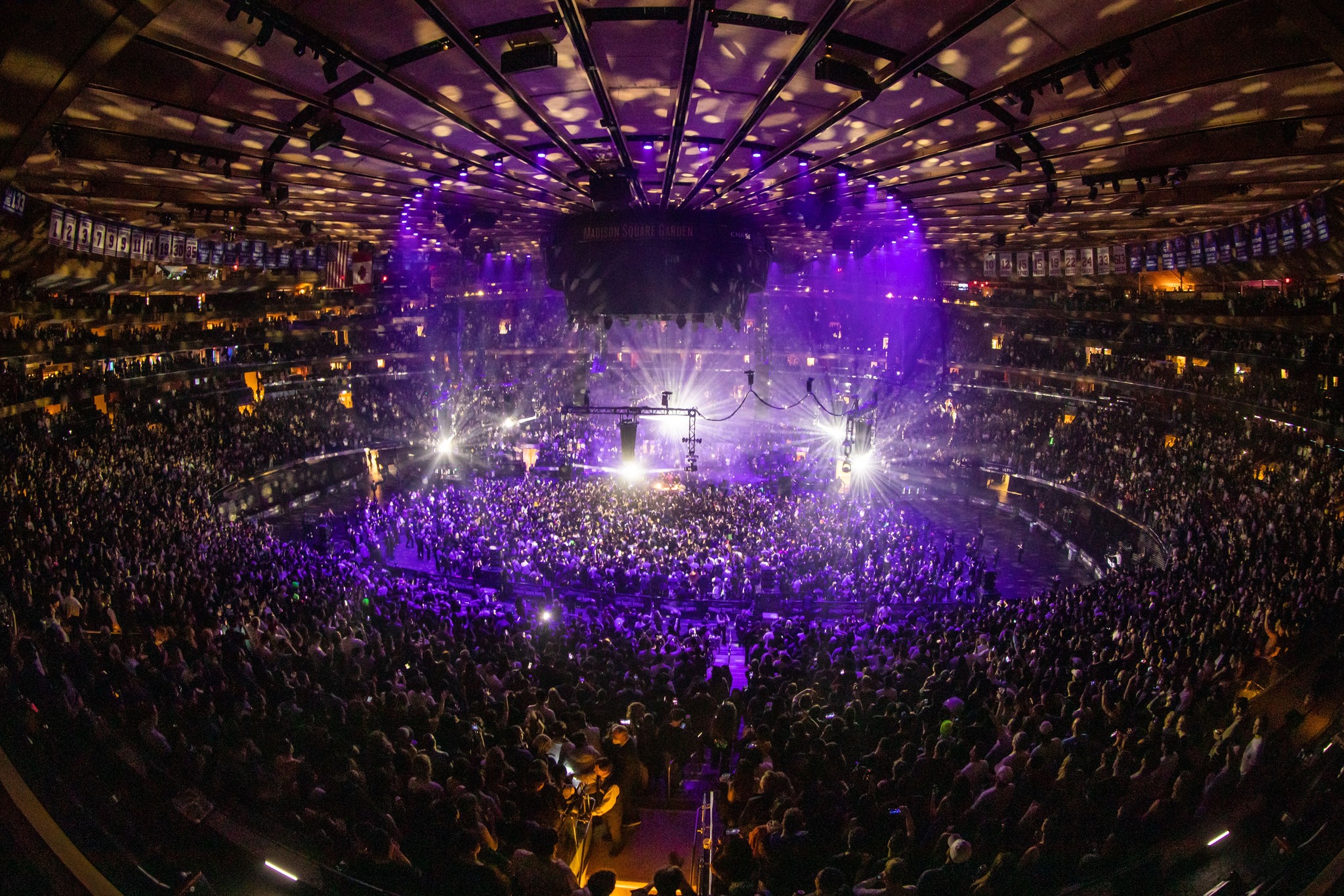
Photo: Chris Lavado
MSG is a big place; how did its size influence your design decisions?
“We wanted to make the GA dance floor feel as clubby as possible, so I hung six horizontal trusses relatively low but gave myself the option to tilt lights up and welcome the upper echelons to the party!”
Your mirror balls really contributed to that club-like atmosphere. Where did you place them and how many did you use?
“We had one mirror ball hung off each of the trusses in the center. For the duration of the 90 minute walk-in look they were shrouded by drapes. They were lowered into position during a moment of darkness. It was a neat trick, not sure if anyone even noticed, but I did! I also had a mirror ball upstage of the DJs on an upright truss (which also housed a laser). I love the look of mirror ball beams bursting through the performers so that had to happen.”
What’s the most important lesson you took away from this project?
“That 19 years into my lighting career I can still be surprised, amazed and challenged to the absolute extremes. I’d hate to have a pedestrian career churning out the same stuff week after week. It made me realize how fortunate I am to be in the position I’m in right now, and how important it is to enjoy and appreciate every moment. “
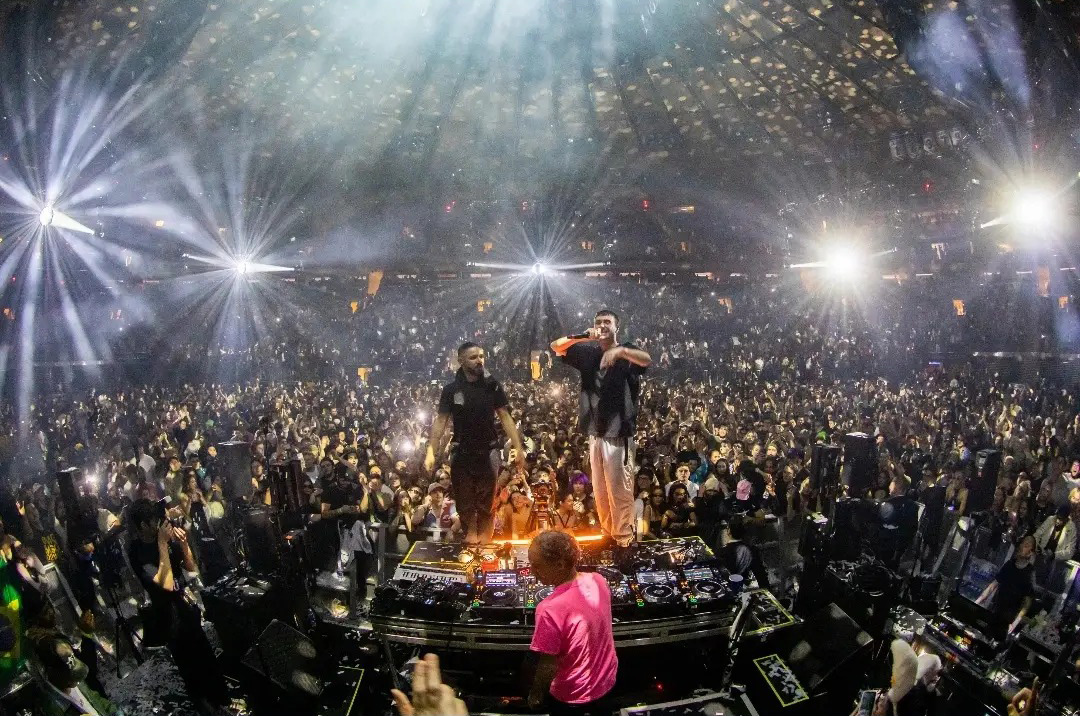
Photo: Chris Lavado